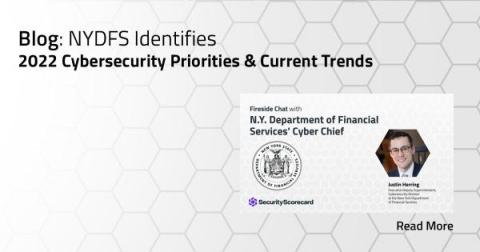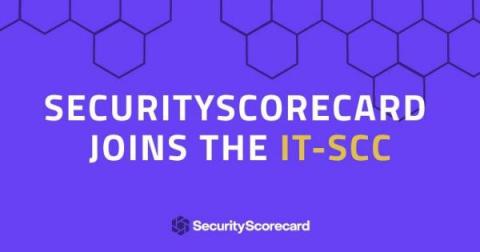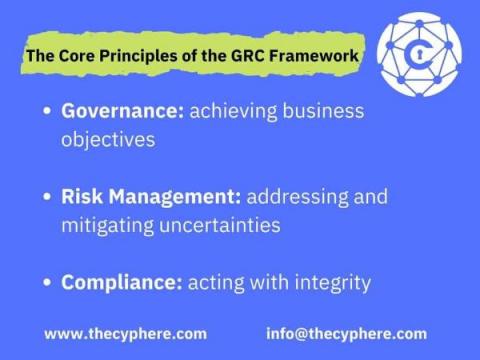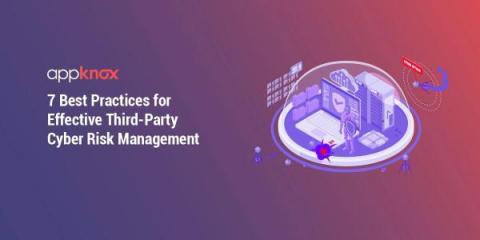New York Department of Financial Services Identifies 2022 Cybersecurity Priorities and Current Trends
In a recent webinar, SecurityScorecard hosted Justin Herring, Executive Deputy Superintendent, Cybersecurity Division of the New York Department of Financial Services (DFS), and Luke Dembosky, Partner and Co-Chair of the Data Strategy & Security practice at Debevoise & Plimpton, to discuss DFS’s top cybersecurity priorities this year, current enforcement and to examine trends, and the regulatory environment around cybersecurity in 2022.










